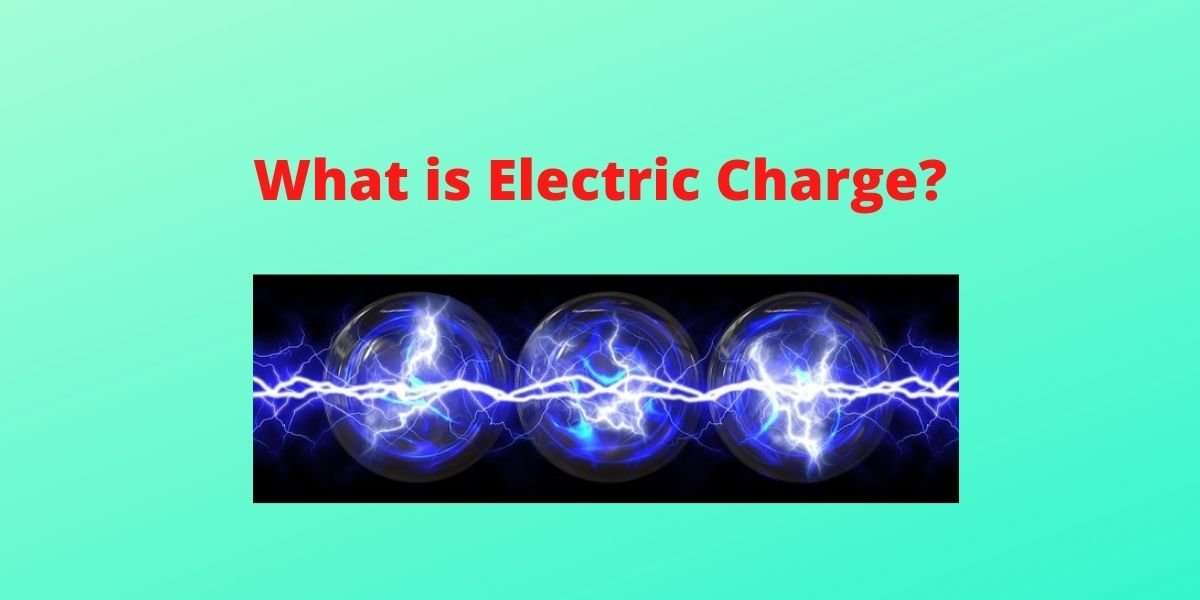All those students who want to know all the important topics of the Definition of Electric charge are reading the right article. In this article, we will discuss all the important topics that are related to the Definition of Electric Charge chapter.
Definition of Electric charge
Electric charge is a fundamental property of the body due to which two bodies strongly attract or repel each other.

Properties of Electric Charge
- The electric charge has 2 forms positive and negative.
- The electric charge has a scalar quantity. It can be added algebraically.
- Electrons and protons are charge carriers in the universe. The minimum value of charge (quanta of charge) is equal to the charge of an electron or proton.
qmin = ±1.6 x 10-19 C
- The electric charge is discrete. The value of the charge is not continuous. A charge is always an integral multiple of a charge electron or proton. Hence, it is always quantized.
q = ±ne
Where n = 1,2,3,4,………
- The total charge of an isolated system always remains conserved.
- It is independent of the reference frame. The value of charge remains constant, whether it is rest or motion.
- Like charges repel each other & unlike charges attract each other.
- Charge at rest produces an electric field. Charge moving with Constant velocity produces an electric field, magnetic field, and electromagnetic wave.
Specific charge
The ratio of charge and mass of the particle is known as the specific charge of that particle.
Specific Charge = q/m
The charge does not depend on the reference frame but the specific charge depends on the reference frame.
Method of charging
The method of charging is based on the triboelectric effects, wherein simple contact of dissimilar materials causes the transfer of some electrons from one material to the other.
For example, the rubber of the belt will become -ve charged while the acrylic glass of the upper roller will become +ve charged. The belt carries away -ve charge on its inner surface while the upper roller accumulates a positive charge.
At the points, the field becomes high enough to ionize air molecules, & the electrons are attached to the outside of the belt but positive (+ve) ions go to comb. At the comb they are neutralized by electrons that were on the comb, hereby leaving the comb & attached outer cell with fewer no. of electrons.
The excess +ve charge accumulated on the outer surface of the outer shell, leaving no field inside the shell. Electrostatic induction by the method continues, building up very large amounts of charge on the shell.
Method of Charging are mainly three types:
- Charging by Friction
- Charging by Conduction
- Charging by induction
- Explain Charging by Friction
When certain insulators are rubbed with cloth or fur they become electrically charged by a transfer of electrons. One of the objects loses electrons while the other gains electrons. The object that gains an electron becomes negatively charged, while the object that loses electrons, becomes positively charged.
Example: When a glass rod is rubbed with silk, the rod loses the electrons and becomes positively charged, and silk gains an electron and becomes negatively charged by an equal amount.
2. Charging by Conduction
Charging by conduction requires contact between the two objects. When the charged body is placed in contact with another neutral conductor. Then the transfer of electrons occurs during a short period.
Example: Where a positively charged rod is placed in contact with the neutral conductor, some electrons of the conductor get transferred to the rod, and the neutral conductor becomes positively charged.
3. Explain Charging by Induction
The method of charging conductors without contact is known as charging by induction.
Step I – When a positively charged rod is placed close to a conducting sphere, Negative charges are accumulated on one side and positive charges on the other side. These charges are known as induced charges.
Step II – When the sphere is earthed some electrons are transferred to the sphere and neutralize its positive charge.
Step III – Now the switch is opened or the earthing is removed. We get a negatively charged sphere.
Example: Charging by induction by separating the conductors.

Nice post, complete information of charge
Please update topic wise post regularly